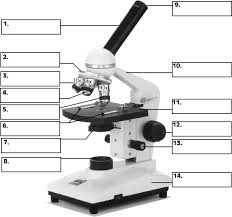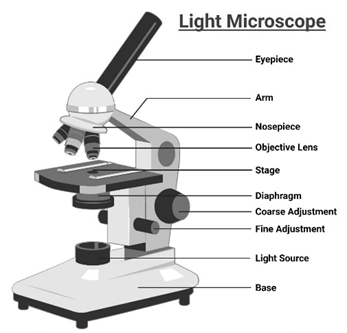3. Light Microscopes and Electron Microscopes
1/13
Earn XP
Description and Tags
Describe a range of technologies that are used to determine a cell’s structure and function.
Name | Mastery | Learn | Test | Matching | Spaced |
|---|
No study sessions yet.
14 Terms
Define magnification.
The ability of a microscope to enlarge the apparent size of an object, allowing for a clearer view of small details
Define resolution.
The ability of a microscope to distinguish between two distinct points of a specimen or sample.
How do light microscopes work?
Uses visible light to illuminate the specimen.
Light passes through a condenser lens to focus on the specimen, then through the objective lens to magnify the image, and finally through the ocular lens to further magnify the image.
What is the magification of light microscopes?
Up to 1500x
What is the resolution of light microscopes?
200nm (nanometres)
What are the pros of light microscopes?
Can view living and non-living specimens.
Relatively simple to use.
Inexpensive and widely accessible.
Allows observation of cellular structures and tissue.
What are the cons of light microscopes?
Limited resolution (200 nm) which limits the observation of small structures (e.g., organelles).
Cannot view objects thick specimens, they must be cut thin.

Label a light microscope.

How do electron microscopes work?
Uses an electron beam instead of light and electromagnets instead of glass lenses.
Electron interaction with the specimen forms an image on a screen.
What are the two types of electron microscopes?
Transmission Electron Microscope (TEM)
Scanning Electron Microscope (SEM).
What is the magification of electron microscopes (TEM)?
Up to 1,500,000x
What is the magification of electron microscopes (SEM)?
Up to 1,000,000x
What is the resolution of electron microscopes (TEM)?
~2 nm
What is the resolution of electron microscopes (SEM)?
~10 nm